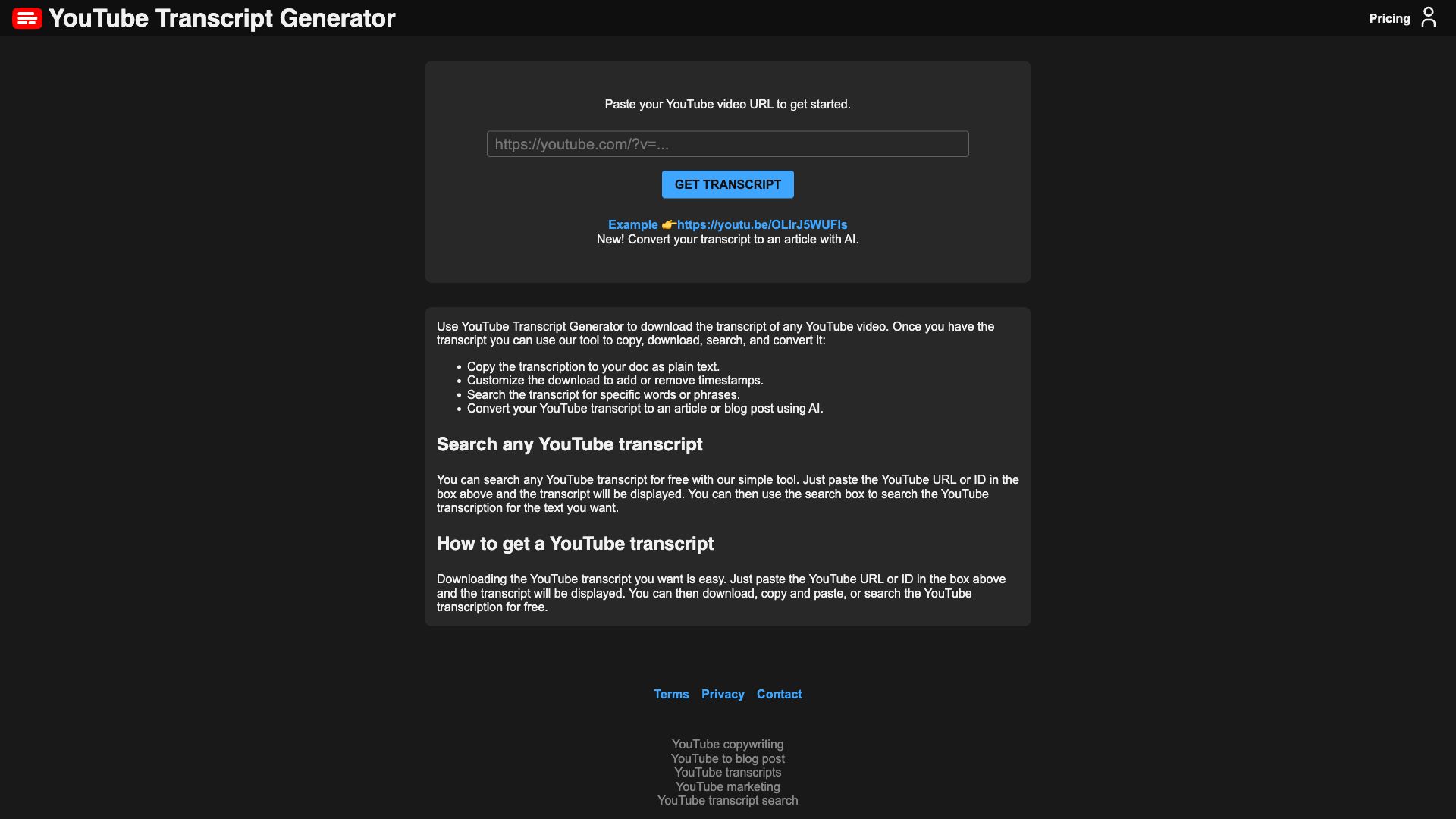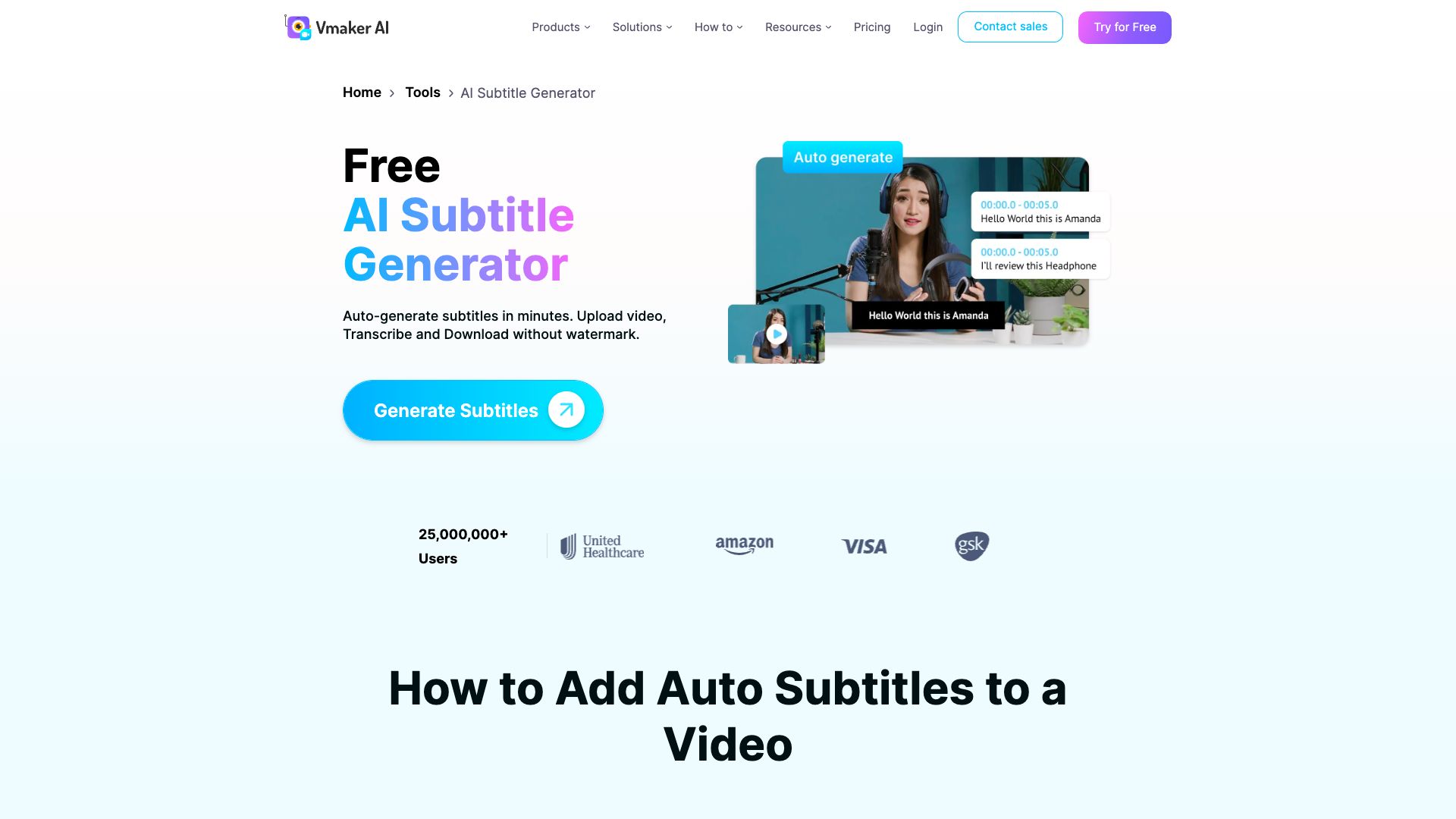Awesome Captions or Subtitle Tools in 2024
Discover the awesome 3 AI tools for 2024 By Candytools
Get the transcript from any YouTube video. Generate an article from it using AI. Search, download, and customize any transcript.
Upload your subtitles file and get a translation in seconds. Translate your subtitles to any language with our AI-powered subtitle translator.
Effortlessly generate subtitles for your videos with Vmaker's AI Subtitle Generator. Ensure your content is accessible and engaging with accurate captions. Free to use!|
More AI Tools Categories
What is Captions or Subtitle?
Both captions and subtitles are text that appears on a screen, usually at the bottom, to provide information about the audio in a video or film. However, there are some key differences:
Captions:
- Describe all audio elements: Including dialogue, music, sound effects, and other relevant noises.
- Intended for viewers who cannot hear the audio: This includes people who are deaf or hard of hearing.
- May include speaker identification: To clarify who is speaking, especially in scenes with multiple speakers.
- Always on: Captions are typically burned into the video itself or displayed by default.
Subtitles:
- Primarily transcribe dialogue: Focusing on the spoken words.
- Intended for viewers who understand the spoken language but need assistance: This could be because the dialogue is in a foreign language or the accent is difficult to understand.
- Rarely include non-dialogue audio descriptions: Music or sound effects are usually not mentioned.
- Usually optional: Viewers can choose whether or not to display subtitles.
In summary:
- Captions are for accessibility, ensuring everyone can understand the audio.
- Subtitles are for translation and clarification, aiding comprehension of the dialogue.
Here's a simple analogy:
- Captions are like a detailed transcript of everything happening in the audio.
- Subtitles are like the script of the dialogue.
The terms are often used interchangeably, but understanding the difference can be important for accessibility and proper content creation.


